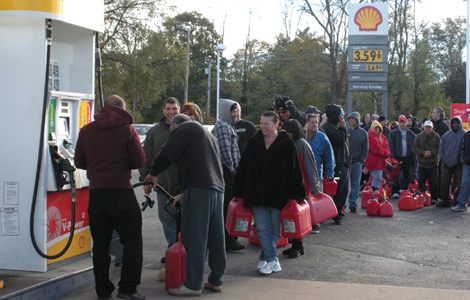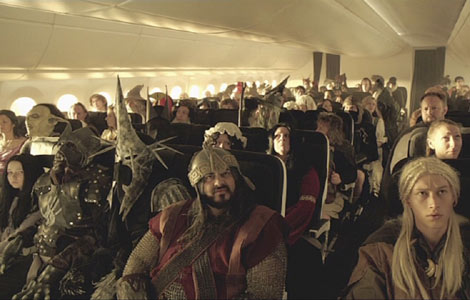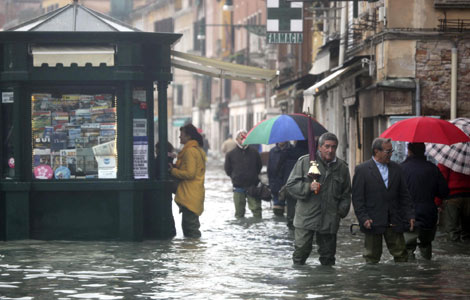
WASHINGTON - SpaceX's unmanned Dragon capsule splashed into the Pacific Ocean on Sunday afternoon, wrapping up its first contracted mission of delivering commercial payload to the International Space Station.
According to the California-based SpaceX, Dragon safely splashed down in Pacific at 12:22 pm PDT (1922 GMT), 250 miles (402 kilometers) off the coast of Baja California.
Dragon delivered about 1,000 pounds (454 kg) of cargo, including experiment hardware, a freezer, spare parts, clothing and food, and returned a total of 1,673 pounds (759 kg), including 163 pounds of crew supplies, 866 pounds of scientific research, and 518 pounds of vehicle hardware and other hardware.
There are 384 syringes of urine and 112 tubes of blood packed aboard Dragon, some of which have been waiting for delivery to scientists on the ground for more than a year. The samples were taken by space station astronauts as part of two ongoing experiments studying the nutrition of astronauts and how their diet can help protect against the negative health effects of long-term space travel, such as bone loss.
Dragon will be taken to a SpaceX processing facility in Texas, and unloaded and inspected. The next Dragon flight to space station is scheduled for early January 2013. In the future, Dragon will abandon the water landing technique and instead settle down on a launching pad with the assistance of directional thrusters.
Dragon launched from Cape Canaveral Air Force Station in Florida on Oct 7. The mission - the first of 12 planned trips in California-based SpaceX's $1.6 billion contract with NASA - is a milestone for American efforts to privatize the space industry, aimed at reducing costs and spreading them among a wider group than governments alone.
Before Dragon's liftoff, flights to the space station have always been a government-only affair.
Until their retirement last summer, US space shuttles carried most of the gear and many of the astronauts to the orbiting outpost. Since then, American astronauts have had to rely on Russian capsules for rides. European, Japanese and Russian supply ships have been delivering cargo.
NASA is looking to the private sector, in this post-shuttle era, to get American astronauts launching again from the US soil. It will be at least four to five years before SpaceX or any other private operator is capable of flying astronauts.







